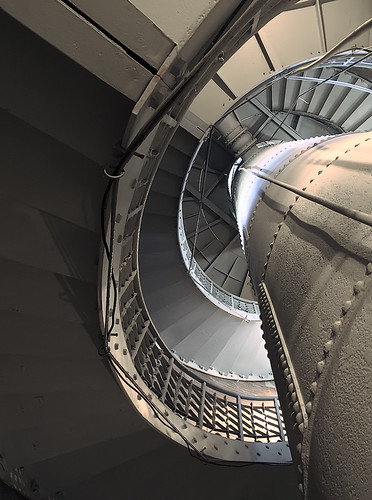
But it is a fairly easy climb to the top (having been made with consideration for the comfort of Victorian ladies with billowing skirts and bustles, and men with top hats and canes) with a beautiful view of the City.
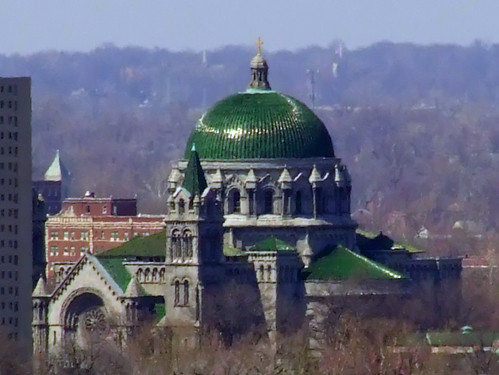
Cathedral Basilica of Saint Louis
Among the many sightseers crowded into the tower's observation room, one woman remarked at how many church spires are visible. Until the end of the 19th century, the tallest buildings in the world were typically churches. That the most important building in a Christian city, the church, should be prominent, is common sense, both as a symbol and as a guide for pilgrims.

Downtown Saint Louis
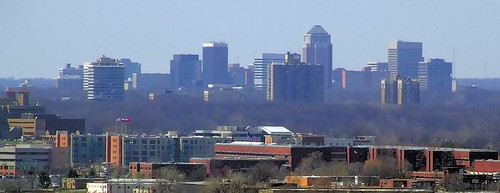
Downtown Clayton
North of the Compton Hill Tower, along the central axis of the city, are towers newer than steeples — skyscrapers — designed for commerce, industry, and law, as well as the industrial towers of smokestacks and grain elevators. This narrow axis of tall buildings, terminated on the east by the Gateway Arch, and on the west by downtown Clayton, Missouri, aligns with the region's Central Corridor, where the power and wealth of the city concentrates. Whereas a church's tall spire is inspired by the virtue of faith, a tall office building is instead informed by the virtue of prudence, as a way of increasing the usability of expensive real estate. But not always. The vice of pride can lead to the desire of tall buildings, and this can lead to ruination. But this is not merely a fault of the wealthy; it is almost a truism that Americans buy the largest house that they can afford.
As I drove back home, I was stunned to see a new kind of tower on the skyline; near my own neighborhood, unannounced and unnoticed until then; a minaret now rises over Saint Louis.

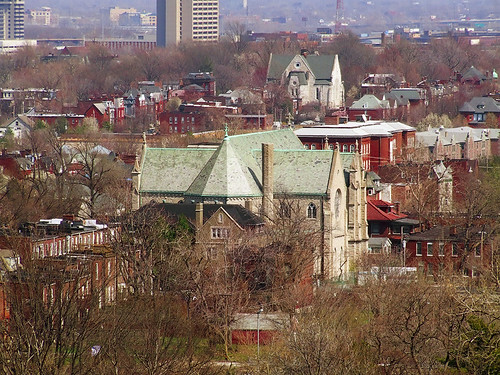
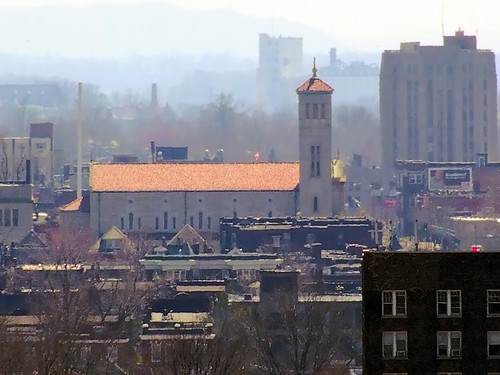
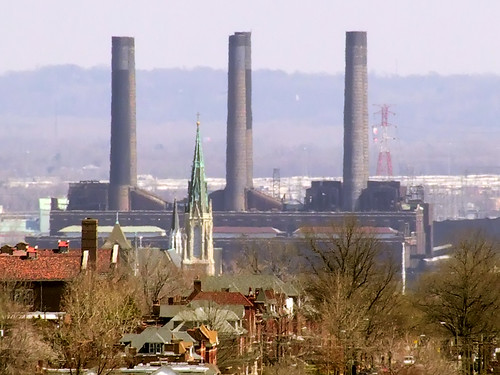
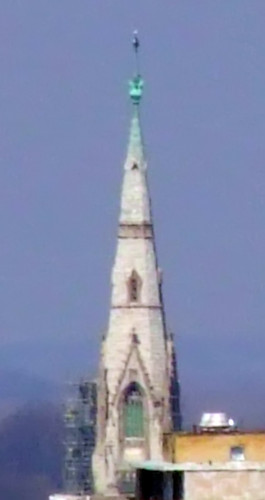
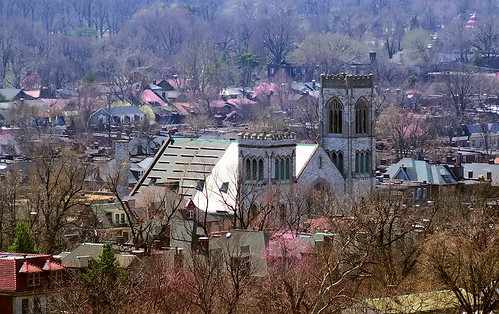


No comments:
Post a Comment